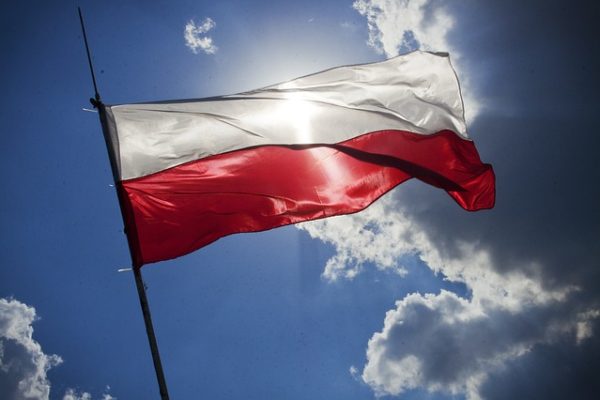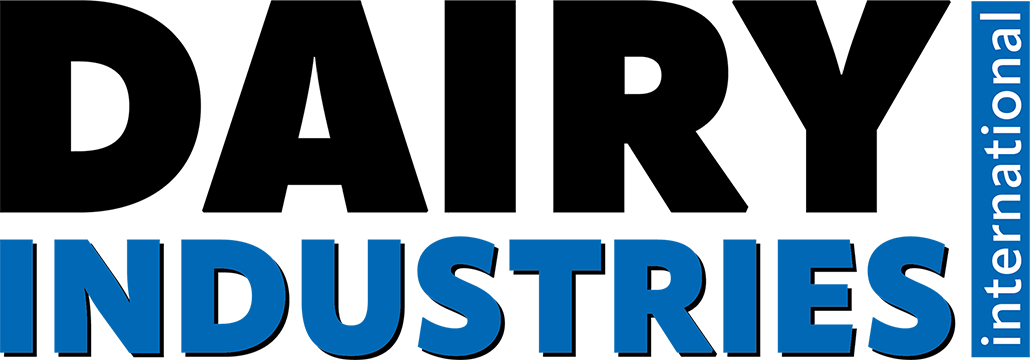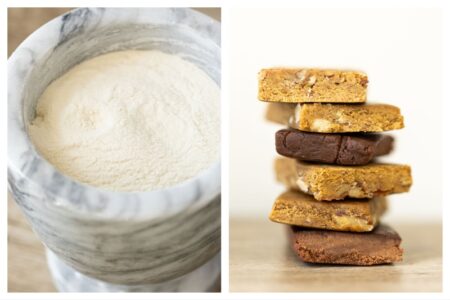Poles favour glass packaging for milk

The results of a survey conducted in Poland show that Poles are very good at distinguishing among the types of milk available on the market. Around 76% know pasteurised milk, and 73% UHT. The majority of Poles know the difference between the two and according to a quarter of those surveyed, UHT milk has a longer expiration date.
An estimated 17% of Poles think that it is the taste that distinguishes UHT from pasteurised milk. At the same time, a third of Poles did not know the difference between the fresh and UHT milk. Awareness of the differences is at its lowest among the youngest – 47% of those surveyed aged 18-24 answered “I don’t know” to this question.
Fresh milk undergoes a minimum heat treatment – pasteurisation guarantees health safety for the consumer and at the same time minimises chemical, physical and taste changes of the product. Cold Milk Robico is the first Polish milk produced using microfiltration. According to Andrzej Szczepański, president of Robico, microfiltration gives the possibility to lower the pasteurisation temperature and preserve the activity of natural bacteriostatic milk substances.
As far as packaging is concerned, with the growing ecological awareness of consumers and a very clear trend associated with a healthy lifestyle across Europe, demand for dairy products in glass growing. For example, in the UK, media headlines focus on the return of the daily delivery of glass-packed milk to the doorstep. This trend is also visible in the Netherlands. Also in France, for example, yogurts in glass are becoming more and more popular.
The premium milk market is also growing. In Poland, Robico sees the growing interest with its milk in glass; for the majority of respondents, glass is the packaging that is most associated with freshness of milk. 54% of Poles chose glass as the best packaging for fresh milk, 23% pointed to cardboard, and only 15% of respondents opted for plastic packaging.
Fresh milk is a high-quality product and the inertness of glass helps to protect the packaged product. By combining glass and fresh milk, consumers get a combination in terms of health. Moreover, the advantage of glass is that it can be melted back down and recycled forever. Glass is 100% recyclable, making it one of the most sustainable products available.
Szczepański says, “The highest quality products are packed in the best packaging. Glass packaging is considered to be the packaging material that ensures the highest quality, health, safety and preservation of the natural taste and aroma of the product.
“Choosing glass was an important pillar in our marketing mix when we launched Cold Milk – glass lends its image of health, premiumness, and authenticity to our brand, helping us convey the message of fresh, high quality milk.”
Nutritional values of milk have been known for centuries. The tradition of drinking milk from glass is also very deeply rooted in our consciousness. Now, when the trend of a healthy lifestyle is so visible, also the return to this tradition begins to be noticeable. As research shows, over a third (37%) of Poles use milk daily, most often as an additive to dishes and drinks. A substantial part of the population drinks milk separately every day, as this answer was chosen by 44% of those surveyed.
Magdalena Woronowicz, commercial leader, North-East Europe O-I, says, “Dairy and glass have a very emotional connection. We are proud to be partnering with Robico and to produce the bottles for the only fresh milk in glass in Poland. We are also very proud of the design of the Cold Milk bottle which is featured in O-I’s recent global Design Book which was sent to its clients and the world’s leading design agencies.”



